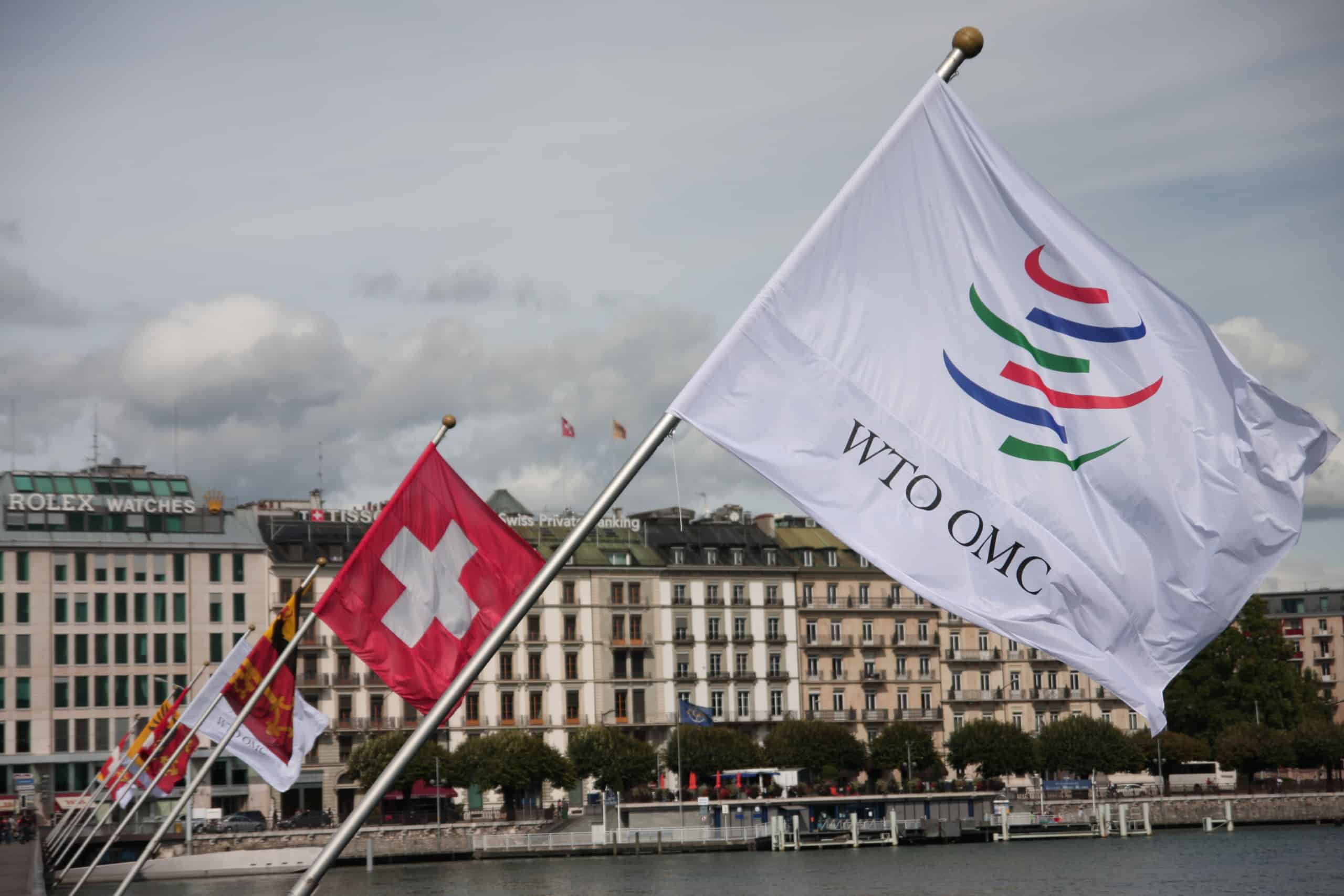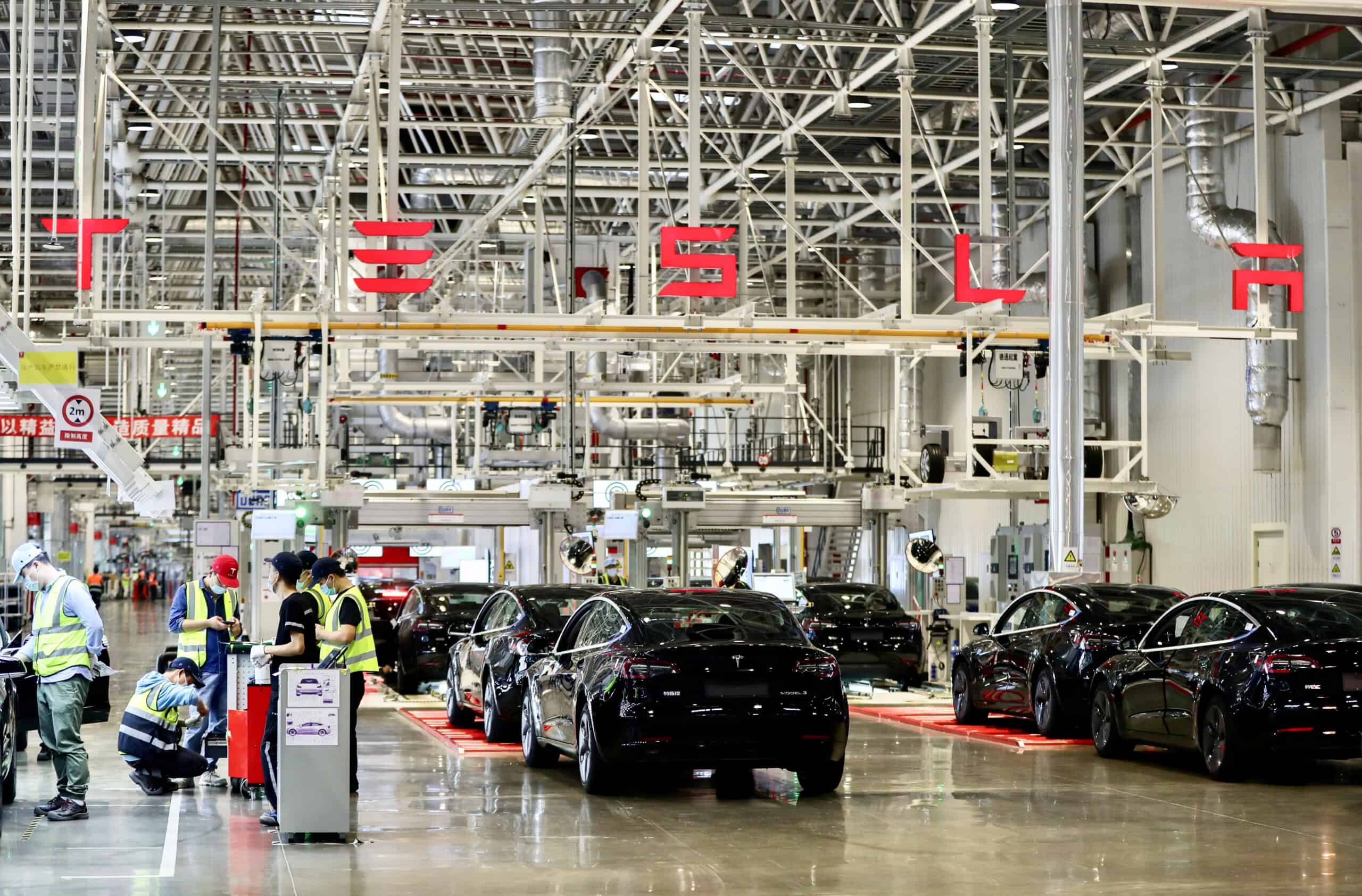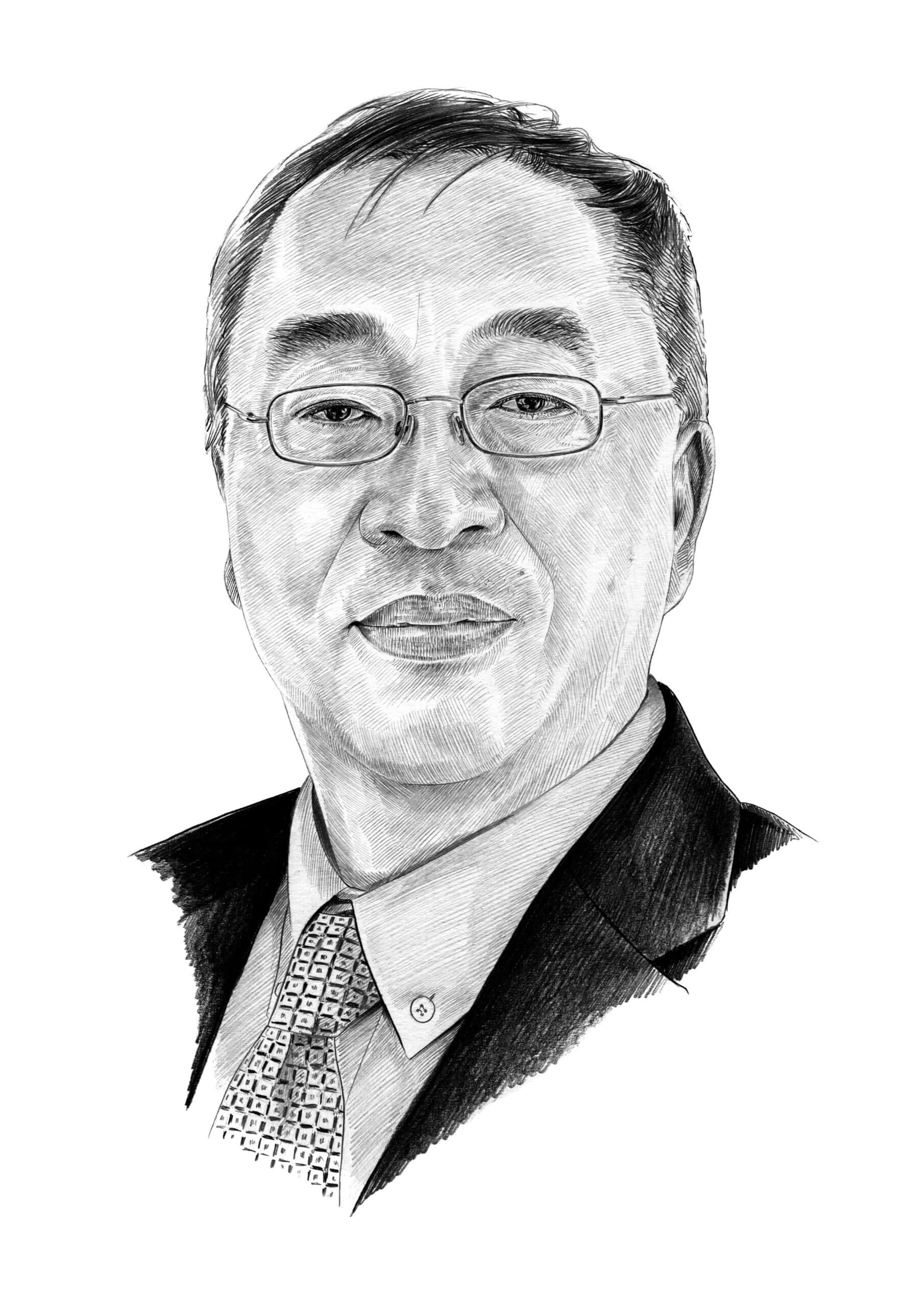
NEW YORK – The 20th anniversary of China’s accession to the World Trade Organization on December 11 has once again highlighted long-standing debates about how well China has lived up to its WTO obligations, and whether any deviation from its commitments boosts or slows its economic growth. This discussion affects many countries’ views on whether the current global trading system should be built up or pulled down.
Former U.S. President Donald Trump was bent on pulling down the WTO, by rendering inoperative its dispute-adjudication system and launching trade wars that the body ruled illegal. And his successor, Joe Biden, has so far done little to improve the WTO’s functioning. The United States claims that China routinely violates its WTO obligations, and that the body is ineffectual at changing Chinese behavior. But the data do not support such assertions, and the misperception that this narrative has created is hurting the global trading system.
To be sure, there are still many distortions in the Chinese economy. For example, China has an industrial policy for shipbuilding that has been in place for a decade and a half. Helped by multiple subsidies for land use, cost of capital, production, and investment totaling about CN¥540 billion ($85 billion), China has gone from being an insignificant player in the industry to becoming the world’s largest exporter of commercial ships.
Many in both the U.S. and China seem to regard this rapid increase in market share as a sign of the success of Chinese industrial policy (though the U.S. believes it is an unfair way to promote economic growth). But to assess its effect on China’s growth, we also need to know the opportunity cost of the subsidies and the spillover effect from having a large shipbuilding industry. According to an excellent 2019 paper by Panle Jia Barwick, Myrto Kalouptsidi, and Nahim Bin Zahur, the subsidization policy has given Chinese shipyards an additional profit of about CN¥100 billion, and Chinese shipowners another CN¥18 billion.
But these gains are less than half of the subsidy’s cost. And while there is no reliable estimate of the spillover effect, a generous guess might be CN¥100 billion. That would imply that this industrial policy has destroyed value in the aggregate, and therefore dragged down, not lifted up, China’s overall economic growth.
Notwithstanding some persistent economic distortions, China has also lowered entry barriers for both domestic private firms and international companies. It is these reforms, and not state intervention, that have given rise to the country’s rapid economic growth.
Assessments of China’s compliance with WTO rules also are rife with misjudgment. The Trump administration’s trade officials often repeated the claim that China has actively evaded its WTO obligations much more frequently than other member countries. Because China is not bound by the organization’s rules, the argument goes, the U.S. must use tactics outside the WTO system, such as import tariffs, to address Chinese transgressions. The WTO, according to this view, is useless or worse.
In fact, China’s WTO compliance record, while imperfect, is broadly comparable to that of other member countries. The WTO system has been generally effective in ensuring that China remains as open as it promised to be when it joined in 2001.
The WTO system has been generally effective in ensuring that China remains as open as it promised to be when it joined in 2001.
WTO data on trade disputes — in particular, the number of legal complaints brought by other member countries against China — provides some objective support for this conclusion. Since 2001, there have been 47 complaints lodged against China, accounting for 12.2 percent of all WTO dispute cases during that time. Over the same period, there were more than twice as many complaints against the U.S., accounting for 28.4 percent of the total. In other words, other WTO members regard China as only half as likely as the U.S. to have violated its obligations under the organization’s rules.
China also has a reasonable record of complying and modifying its policies when a WTO dispute panel rules against it. One indication of non-compliance is when the original complainants must file a second WTO case against a country on the same or a similar issue. Out of the 47 cases against China, only two required a second filing. By the same measure, the U.S. appears to have ignored 15 rulings against it.
The data therefore do not support the notion that China is an off-the-chart violator of its WTO commitments and unchecked by the body’s processes. China’s trade policies and practices often are challenged at the WTO, but not more frequently than those of some other large economies. And the country’s record of complying with WTO rulings is not that of a rogue outlier.
This has huge implications for how to save and improve the rules-based global trading system. If we believe that clearer and stronger rules on subsidies, intellectual-property rights protection, or the conduct of state-owned firms can further reduce distortions in the Chinese economy, then the best way to ensure this is to revise the rulebook accordingly, through multilateral or plurilateral negotiations. The rules in the Comprehensive and Progressive Agreement for Trans-Pacific Partnership, which cover many such issues, offer a possible model. China’s recent formal application to join the CPTPP signals a willingness to modify its policies in these areas as well.
Meanwhile, the U.S. can also strengthen its adherence to its WTO obligations, improve its compliance with the body’s rulings, and loosen its stranglehold on the appointment of WTO Appellate Body judges. Doing so would greatly improve both U.S. credibility and the effectiveness of the global trading system.
The WTO system has worked better than many have claimed. It must not be pulled down. But it can, and should, be made better still.
Copyright: Project Syndicate

Shang-Jin Wei, a former chief economist at the Asian Development Bank, is Professor of Finance and Economics at Columbia Business School and Columbia University’s School of International and Public Affairs.



